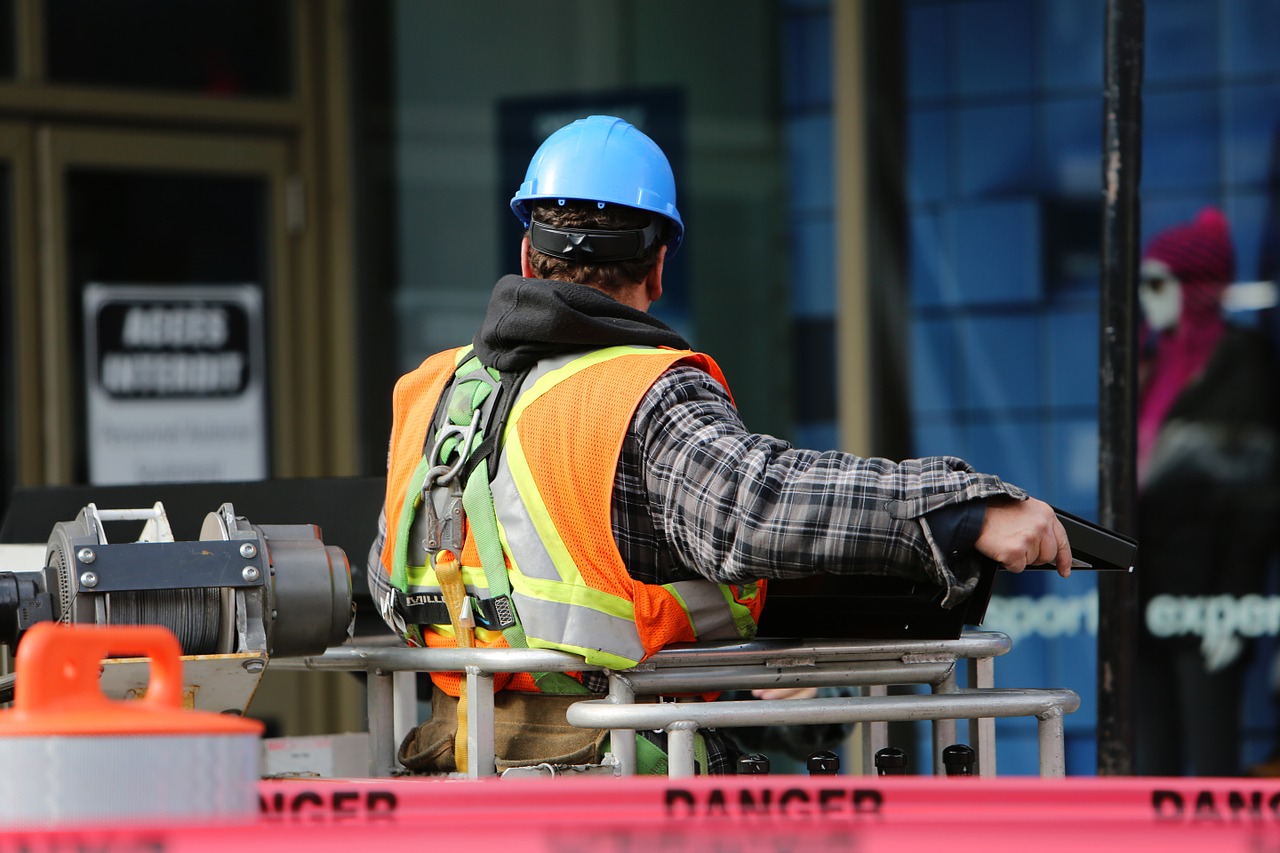The National Labor Relations Board (NLRB) announced Monday that it recovered over $56 million and that over 6,000 workers were offered reinstatement during the 2021 fiscal year, which was a dramatic increase from the previous fiscal year.
The NLRB Office of Public Affairs confirmed that it recuperated $56,801,407 between October 2020 and September 2021. This total consisted of nearly $54 million in backpay and just under $3 million in fees, dues, and fines. In addition, 6,307 unlawfully discharged workers were offered employment reinstatement. The NLRB noted the “dramatic increase” of over $17 million dollars and over 5,000 additional reinstatement offers from the 2020 fiscal year.
General Counsel Jennifer Abruzzo observed that during the pandemic, workers have experienced uncertainty and collaborated on improving employment conditions. Specifically, workers have sought “appropriate compensation, schedules, and workplace protections while performing essential services.” Abruzzo added,
Our dedicated staff at the NLRB helped to protect, enforce and remedy violations affecting thousands of workers who were retaliated against for engaging in this sort of activity. Workers should know they have the right to act collectively to improve their workplace conditions, and the NLRB will forcefully defend their right to do so by seeking full make-whole remedies for them.
Though the NLRB cannot assess penalties under the National Labor Relations Act, it can seek appropriate remedies, such as reinstatement, backpay, and consequential damages. Last month Abruzzo issued a memo advising all Regions to seek remedies that will ensure that unlawfully discharged workers are “made whole for the losses they have suffered.”
Currently, NLRB reports show over 11,000 pending charges and petition filings. Employers accused of discrimination include among others, health care providers, grocery store chains, education associations, and retail businesses.


